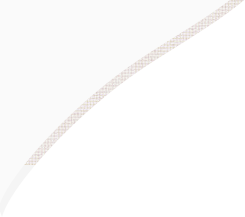
RECENT NEWS & EVENTS
Lunch in the Heart of Sydney
Rising Star Award
Team Harley - City2Surf 2017
Echocardiogram
 What is an Echocardiogram?
What is an Echocardiogram?
An echocardiogram (sometimes called a cardiac ultrasound or an 'echo') is a study performed by a specialised machine that uses high frequency sound waves (ultrasound) reflected from various structures in and around the heart. This provides information about both the structure and function of the heart. The echocardiogram plays a very important role in examining heart conditions and ruling out abnormalities in children.
How is the Echocardiogram performed?
An echocardiogram is completely painless. A physician or technician uses a hand-held transducer (like a camera lens) to transmit and receive sound waves that are outside the normal hearing range. The transducer is placed in contact with the chest in various positions to allow all parts of the heart to be seen. A thick gel is used to assist transmission of the sound waves and improve picture quality. A highly sophisticated computer is used to provide images on a video screen and then processes the information received by the transducer. These images are also supplemented by sounds or colour which helps to assess patterns of blood flow in the circulation. Sometimes, to help obtain special information, small ECG electrodes and special microphones may also be rested on the body. The operator will ask the patient to change position from time to time to help see certain areas of the heart better.
How can you help?
It is important for the patient to lie still during the study. We encourage parents to stay close to their young children to give reassurance and offer a bottle, snack or dummy when appropriate. Sometimes, despite our best efforts, infants will not lie still. If this is the case, and it is necessary to perform the echocardiogram at that time, we believe it is important to not perform a study that will not provide all the information required. Therefore it may be necessary to give some sedation (especially for children between the ages of three months and two years).
Sedation
If sedation is required, it may be given in a number of ways. These include by nasal spray or oral medication. These medications produce sleepiness and, depending
on the response in an individual child, a period of observation after sedation may be required. The supervising sonographer will discuss the details with you.
Are there risks?
There are no known harmful effects of ultrasound as used for echocardiography.
Results
It may take a little time for final results to be produced after the study. In general you should return to the doctor who referred your child for the echocardiogram to obtain the results. This is important, since the results often need to be interpreted in the light of other tests or clinical information.
Questions
Please ask any questions and we will try to answer them. This may be difficult during the study when the echocardiographer may need to concentrate on obtaining all the information necessary, so please be patient with us.
Remember
- It is important to lie still during the study
- The study is painless
- You should speak to your referring doctor for results





